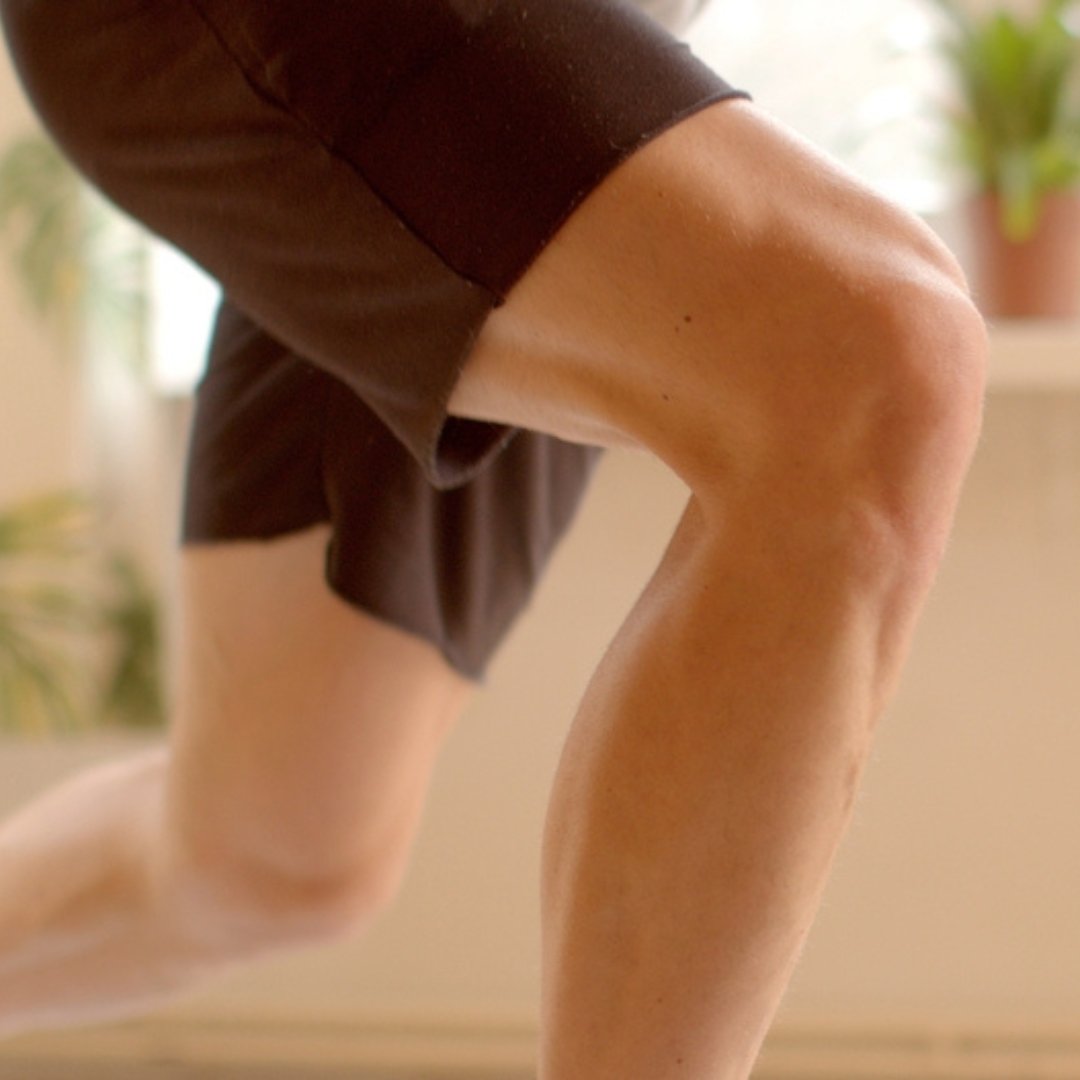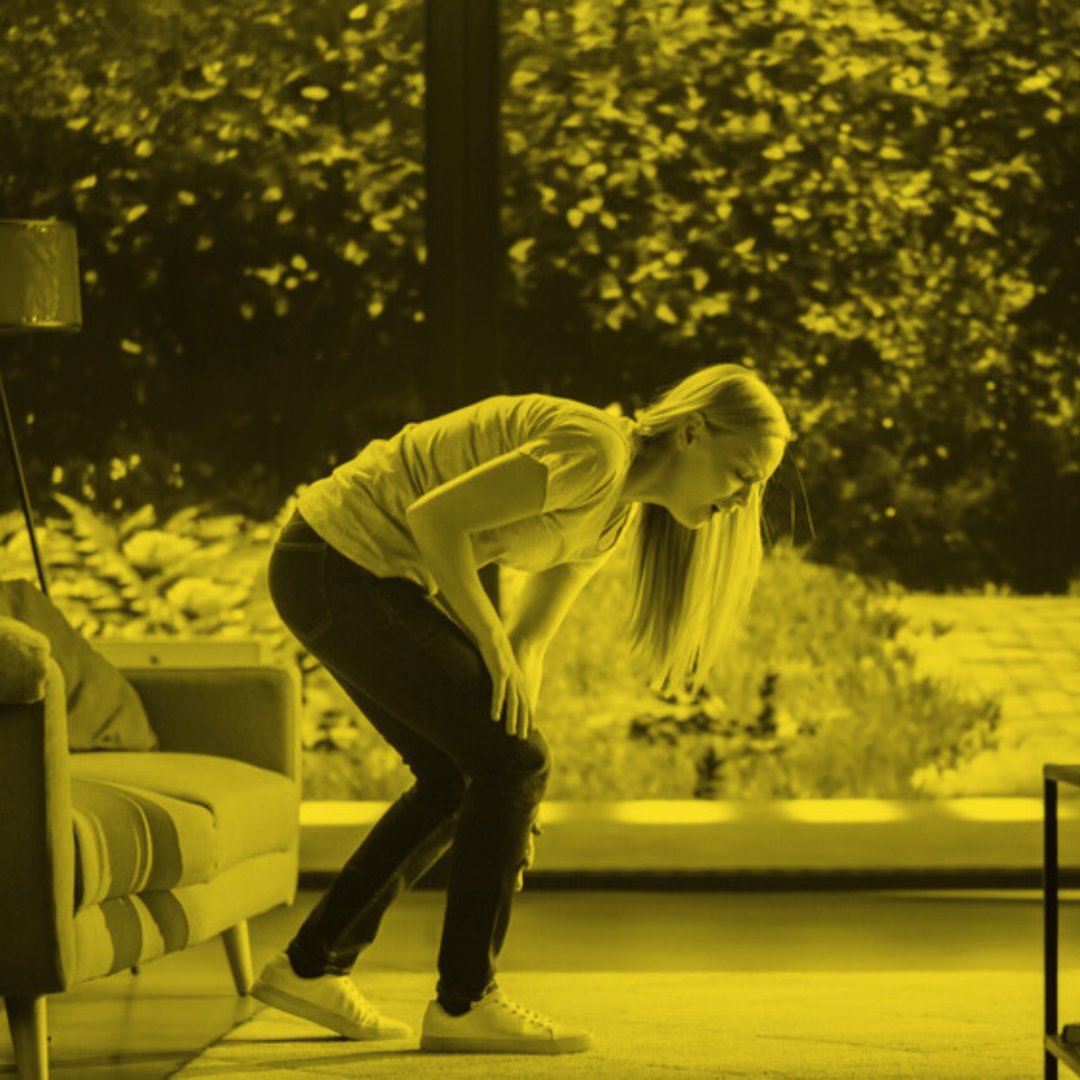
How Soon Should You Go Back to Driving After Knee Replacement Surgery?
Driving after knee replacement surgery? Learn when it’s safe to return to the road and how to manage stiffness, pedal control, and long-drive comfort.
You stretch, you hydrate, you even foam roll. You’re doing all the “right” things to stay active and healthy. So, why does your knee still ache when you get off the bike or after a morning jog? Here’s the twist: some of the healthiest habits can quietly chip away at your knee health.
That’s not to say you should give up your favorite activities. Far from it. But as a physical therapist, I’ve seen firsthand how small missteps in posture, equipment, or technique can snowball into chronic pain. Let’s dig into some surprising ways your healthy hobbies might be stressing your knees—and how to stay active without paying the price later.
Staying active is one of the best things you can do for your body, but not all movement is created equal. Your knees are complex joints that bear a lot of weight and pressure. So, when your go-to workout routines or hobbies involve repetitive stress, poor alignment, or sudden impact, it can wear your knees down over time.
Knees don’t just help you run or bike or play pickleball—they help you get up from a chair, climb stairs, and carry groceries from the car to the kitchen. When your knees hurt, everything becomes harder. Preserving knee health now means protecting your independence later. So let’s break down some common culprits hiding in your “healthy” lifestyle.
Cycling is low-impact and great for cardio. It’s even recommended for people with joint pain. But if your bike seat is too low, it can sabotage your knee health faster than you think.

When your seat is too low, your knee stays overly bent during the pedal stroke. This puts excessive pressure on the front of your knee, especially the patella (kneecap). Over time, it can lead to inflammation, pain, and even cartilage wear.
Plyometrics, HIIT (High Intensity Interval Training), and bootcamp classes often include jumps that torch calories and boost heart health. But they can also jar your joints and worsen wear and tear.
Every time you land from a jump, your knees absorb the impact. Without proper form or muscle support, that shock can overstress your joints and increase the risk of injury. Here’s what you should do to protect your knees during high-impact workouts:
Fresh air, sunshine, and trails beneath your feet—it’s the perfect day, right? But uneven terrain can be a hidden enemy of long-term knee health.
Running or walking on trails with rocks, slopes, or holes causes your muscles and joints to work harder to stabilize. That instability adds strain to your knees, especially if you already have alignment issues or muscle imbalances.
The next time you go for a walk or jog, keep the following in mind:
If you’ve been pushing through your workouts and start noticing persistent aching in your knees, even after the activity stops, that’s a red flag. Swelling or stiffness that follows repetitive movements, like running or cycling, can also signal overuse. And if you feel clicking or grinding sensations accompanied by discomfort, your knees are likely telling you they’re not getting the recovery time they need. These are all signs that your joints are under stress and missing out on the chance to repair and rebuild.
Balancing your routine is key. Alternating between high-impact and low-impact exercises, like swapping out a run for a swim or a yoga session, can help ease the strain. Make sure to include at least one full rest day each week to give your body time to recover. Supporting your knees with post-workout stretching, regular foam rolling, and a commitment to quality sleep can also go a long way in preventing overuse injuries.
Sometimes the most productive thing you can do for your knees is nothing at all—at least for a day or two.

You don’t need to stop moving to protect your knees. You just need to move smarter. That starts with strengthening the muscles around your knees, improving your mobility, and tuning into how your body feels during and after activity.
And if your knees already feel worn out or stiff, no matter what you try, it might be time to take a closer look at what’s really going on.
Maybe you’ve cut back on running. Swapped squats for glute bridges. Tried every compression sleeve Amazon sells. And yet, the pain just keeps showing up.
You’re not being dramatic. You’re not “too young” for help. You might be dealing with long-term joint degeneration, and the best step forward might be to try regenerative medicine.
The good news? Regenerative medicine offers a less invasive path to relief, without having to spend weeks in a rehab center or navigating recovery alone.
Staying active is something to celebrate, but staying smart about your knee health is just as important. That means checking your form, adjusting your gear, listening to your body, and knowing when to try something new.
Because your knees weren’t made to survive—they were made to thrive. Good luck on your knee journey!
Good knees start here. Don’t miss a step—subscribe to KneeMail for free tips from knee expert Shehla Rooney, PT (that’s me)!

Driving after knee replacement surgery? Learn when it’s safe to return to the road and how to manage stiffness, pedal control, and long-drive comfort.

Protect your knee health with lifestyle tips, exercises, and therapies that help prevent degeneration and support long-term joint comfort.

Sex after knee replacement surgery is safe with the right timing, tips, and support. Learn how to return to intimacy with confidence.

Learn how neuromuscular training improves knee stability, balance, and proprioception to support joint health and prevent injuries.

Learn why knee stiffness isn’t only caused by aging and discover strategies to ease pain, improve mobility, and support long-term knee health.